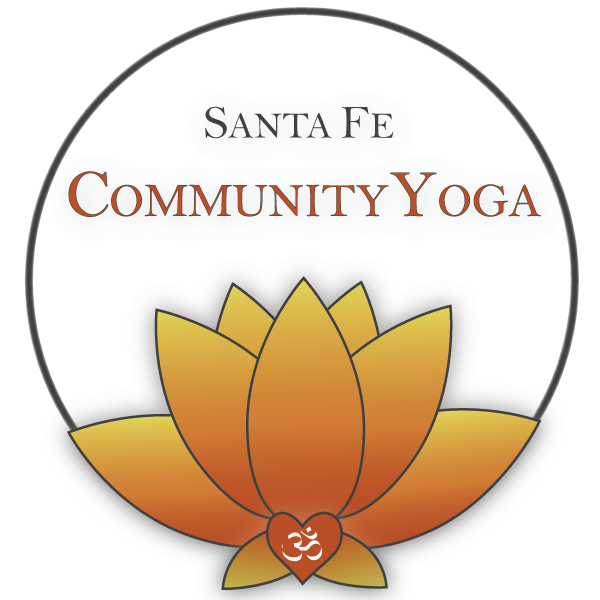Blog post by Eliza Skye
“A long and subtle breath establishes a calm mind. A calm mind is the foundation for everything great.”
In many different religions, prana is referenced, though under different names, such as Chi, Mana or Od. In Sanskrit, Prana means “life force” or vital energy. When we talk about prana, we are referring to all of the cosmic energy that flows through the universe. Prana is so all-encompassing that many divide Prana into five different vayus. (Vayu translates to “wind” or “air”.) You may recognize the word prana in the context of pranayama, which is occasionally practiced in classes at our studio. “Ayama” means expansion, so pranayama is the expansion of the life force. Considering pranayama is a breathing practice, we really are working with the air, which the body cannot function without. These breathing practices work with the energy of the body. Sometimes we practice the breathing techniques to bring more focus to a specific area of the body, to control the mood, to focus the mind, to cleanse the sinuses or aid in digestion. In all of these techniques, we are working with the prana in the air and controlling the prana in the body.
Pose of the Month: Vasisthasana (Side Plank)
Vasisthasana, or side plank, is one of the more challenging poses that we practice in most levels of yoga. It has a strong focus on strength, especially in the arms, abdomen and legs as they all work together to keep the body firm and upright. In addition to strengthening those areas of the body, vasisthasana also works to strengthen and stretch the wrists. A huge component of this pose is balance, as you have to stabilize entirely on one side of the body without letting the abdomen collapse. When we balance, focus of the eyesight and the mind is essential. When we work with focus so deeply, we are working with prana - channeling our energy into one very specific place. This place is called the drishti, which is both a physical focal point for the eyes to gaze upon as well as a mental place of stillness.
Mudra of the Month: Vayu Mudra
All mudras (or hastas) are hand positions that are said to convey or encourage specific emotions or ideas. Vayu is Sanskrit for wind or air, so vayu mudra is a hand positioning specifically focused on the air element in the body. Because of this, the mudra is very grounding. It is said to pacify issues such as flatulence, joint pain, sciatica, arthritis or gout. It also can help with the tremors associated with Parkinson’s disease. Vayu Mudra can also calm restlessness, and overexcited nervous system and balance the endocrine glands. To take this mudra, fold the index finger so the tip of the finger is pressing into the base of the thumb. The other fingers will remain straight as you fold the thumb over your index finger.
Visual Focus: Hexagon
We see the hexagon often in beautiful stained glass windows of cathedrals and other spiritual structures, but we also see it in nature in the beehive. It is the wax outsides that form the honeycomb. We are just learning that this is one of the most efficient shapes for storage, which is likely why bees utilize this shape. The six sides of the hexagon include numerical meanings such as communication, interfacing, balance, harmony and equality. We can see some of these aspects in the bee community. They are small insects, yet use a high amount of communication and interfacing in their own communities.




